Low-E Glass WV
Contents
Low emissivity (Low-E) glass is one of the smartest upgrades West Virginia homeowners can make to cut energy waste, reduce sun glare, and improve year-round comfort. Standard windows are responsible for 25–30% of total household energy loss, with up to 90% escaping through the glass itself. That means higher utility bills, uncomfortable rooms, and fading interiors.
Low-E windows solve this problem with a microscopically thin coating - 500 times thinner than human hair - that reflects long-wave infrared heat back toward its source. Compared to standard glass with an emissivity of .84, advanced solar control Low-E glass such as Solarban® 70 achieves as low as .02 emissivity, delivering a 42-fold improvement in heat reflection. Double-pane and triple-pane Low-E units offer U-values down to 0.9, turning windows into efficient climate-control assets. In West Virginia’s variable climate, Low-E glass reduces winter heat loss, blocks harmful UV rays, and minimizes harsh summer glare, providing lasting energy efficiency and comfort.
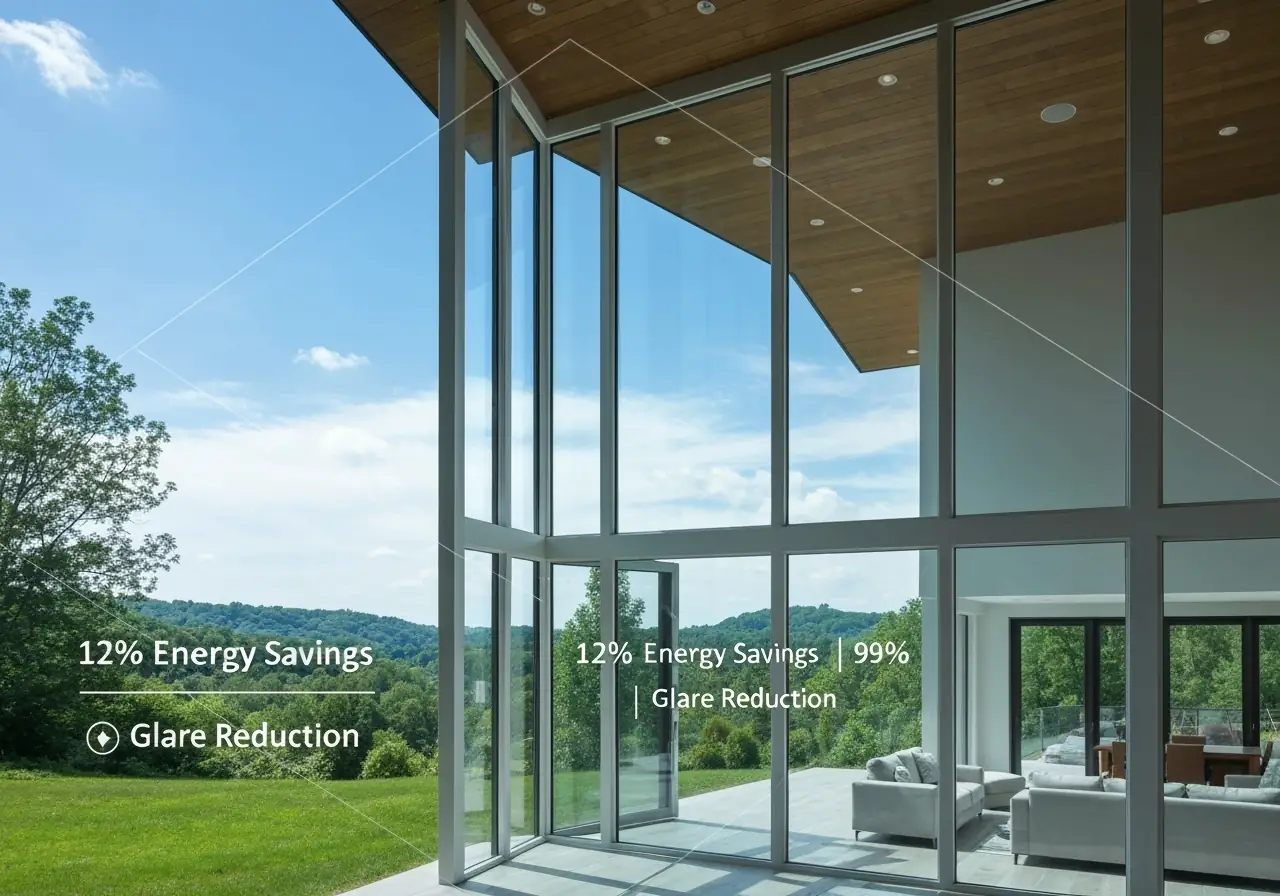
Why Low-E Glass Matters for Homeowners in 2025
The financial drain from inefficient windows accumulates quietly, creating expenses that extend far beyond monthly utility statements. This hidden cost structure impacts your home's total economic performance through multiple channels.
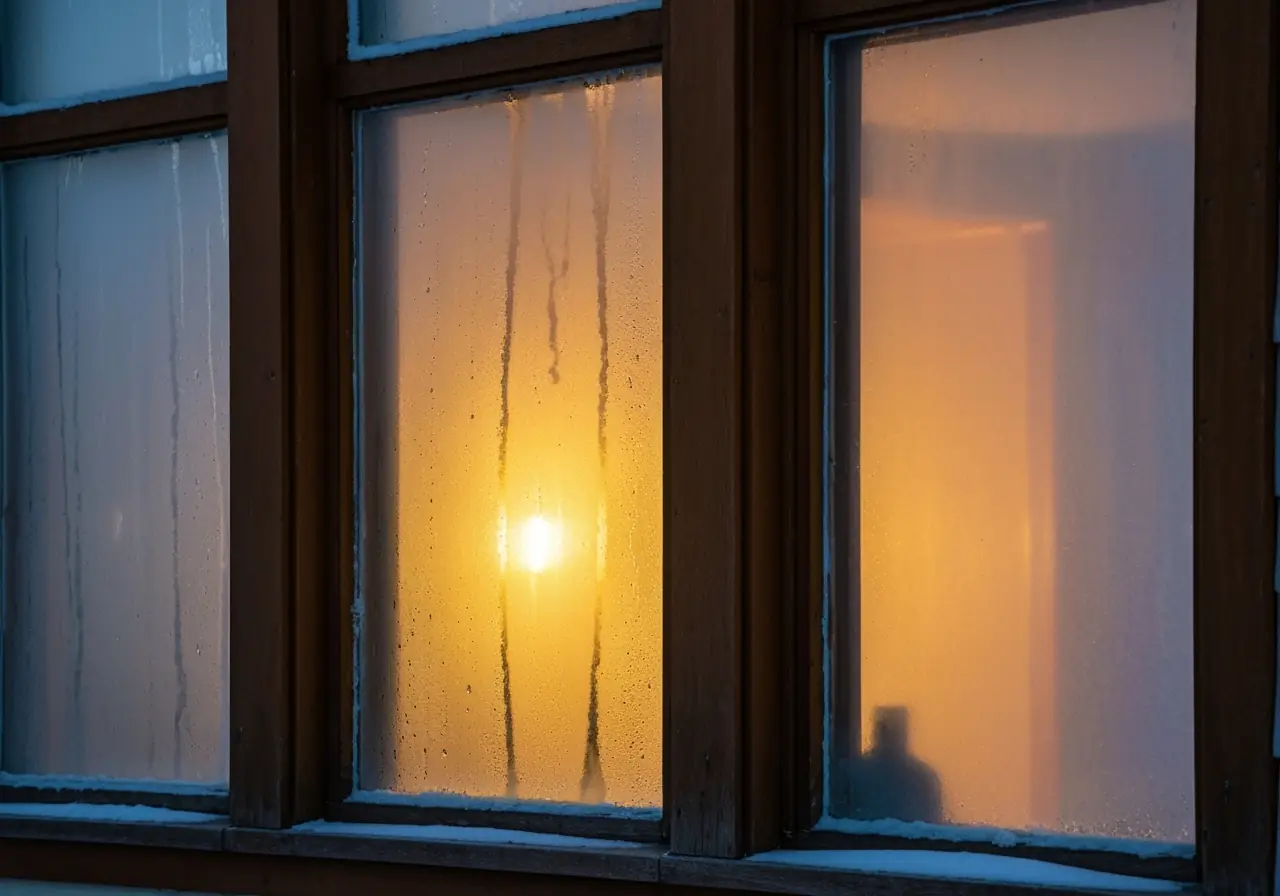
Energy loss through windows: the hidden cost
Traditional windows hemorrhage energy at devastating rates. 25-30% of your home's heating and cooling energy escapes through windows, transforming the average household's $1,346 annual climate control investment into $400+ of pure waste. The cascade effect proves even more costly - inefficient windows force HVAC systems into overdrive, potentially cutting equipment lifespan from 20 years down to just 12 years. This premature failure adds $250 annually in accelerated depreciation costs.
Unprotected UV radiation compounds the damage beyond energy bills. Standard glass allows harmful rays to systematically fade hardwood floors, furniture, and artwork, triggering refinishing expenses ranging from $600-$4,500 depending on affected square footage. Failed window seals introduce moisture infiltration that can necessitate expensive mold remediation and structural repairs.
What does low-e glass mean for your home?
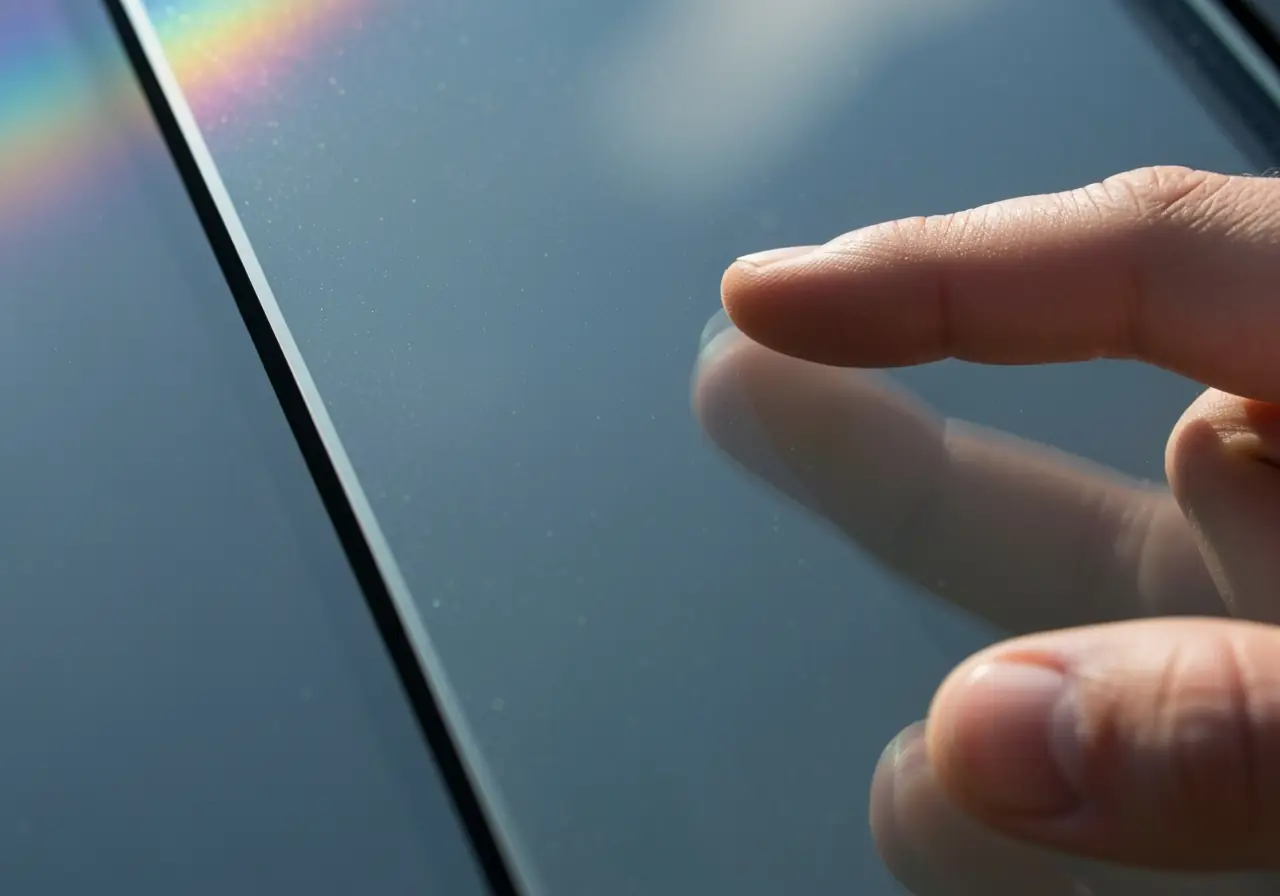
Low-e window technology reverses this costly equation through engineered precision. The microscopic metallic coating reflects heat while maintaining light transmission. Energy-efficient glass with low-emissivity coatings reduce energy bills by approximately 12% annually by creating thermal barriers that operate seasonally - reflecting interior heat back inside during winter and blocking external solar heat during summer.
The protective benefits extend beyond temperature control. Low-e coatings block 90-99% of harmful UV radiation, preserving interior furnishings from sun damage. The technology essentially filters unwanted heat and UV while preserving beneficial natural light.
Low-e glass for homes in West Virginia: local relevance
West Virginia's four-season climate creates ideal conditions for low-e glass performance. Regional data shows upgrading to advanced window technologies can reduce cooling costs by up to 25%. The 10-15% initial cost premium over standard windows proves economically sound when weighed against long-term savings.
West Virginia's variable mountain climate amplifies low-e glass versatility. The same e glass windows retain heat during harsh winters while rejecting solar gain during humid summers. This year-round functionality makes low-e glass particularly valuable for homeowners facing both extreme seasonal temperature swings and elevated humidity levels.
Stop wasting hundreds each year on inefficient windows - upgrade to Low-E glass that cuts energy bills and blocks up to 99% of UV damage. Visit My Modern Renovations today for a free estimate and start protecting your West Virginia home year-round.
How Low-E Glass Works Across Seasons
Low-e glass performance adapts to seasonal temperature differentials through precise heat flow management. This engineered coating system responds to varying thermal conditions, creating year-round climate control that adjusts automatically to outdoor temperature changes.
Winter: keeping heat in
Cold weather transforms low-e glass into a thermal retention system for your home. The coating reflects long-wave infrared energy back toward its source, preventing radiant heat generated by your heating system from escaping through window surfaces. This heat retention occurs without blocking beneficial solar energy that naturally warms interior spaces.
The thermal physics mirror those of a thermos bottle's reflective lining - heat energy bounces back rather than transferring through the glass barrier. Regular clear glass permits 90% of heat energy to pass through with its 0.9 thermal emissivity, whereas high-performance low-e glass achieves emissivity ratings as low as 0.05.
Northern West Virginia's extreme cold conditions favor passive low-e coatings specifically because they allow selective short-wave infrared energy from winter sunlight to penetrate, providing natural heating assistance.

Summer: blocking solar heat
Summer conditions reverse the thermal priority - low-e coatings now focus on rejecting external heat rather than retaining internal warmth. The same reflective properties that conserve winter heat now deflect both long-wave and short-wave solar infrared energy before it can enter your living spaces.
Strategic placement becomes critical during cooling season. East, west, and south-facing windows receive the most intense solar exposure, making these locations prime candidates for solar control low-e glass installation. Tinted low-e options provide additional solar heat gain coefficient (SHGC) reduction in regions experiencing prolonged high temperatures.
The protective benefits extend beyond temperature control. Low-e glass blocks up to 99% of harmful UV radiation when combined with laminated glass, preventing furniture and interior surface degradation that costs homeowners hundreds in replacement expenses.
How does low-e glass work in different climates?
Climate variations demand specific low-e glass configurations to optimize performance. Mixed-climate regions like West Virginia require balanced solutions that perform effectively across four distinct seasons.
Climate-Specific Performance Options:
- Hot Regions: Low-E+366 glass with reduced Solar Heat Gain Coefficient (SHGC) maximizes cooling efficiency
- Mixed Climates: CS73 low-e glass delivers year-round thermal balance
- Cold Areas: Passive low-e coatings increase beneficial winter solar heat gain
Coating placement determines thermal behavior - cold climate applications utilize third or fourth surface coatings (counting from exterior) to trap interior heat, whereas hot climate installations benefit from second surface coatings that reflect external heat before it penetrates.
The climate-coating match determines whether your windows become heating assets or cooling liabilities. Proper selection ensures maximum comfort and efficiency regardless of seasonal temperature swings.
Choosing the Right Low-E Glass Option
Your low-e glass selection hinges on three critical factors: performance requirements, regional climate demands, and long-term value priorities. The technical specifications between coating options create measurable differences in both comfort and costs.
Single, double, or triple-silver coatings
Silver layer quantity determines light-to-heat management efficiency. Single silver coatings deliver LSG (light to solar gain ratio) around 1.4, while double silver achieves 1.6-2.0, and triple silver reaches 2.2 or higher. Triple silver allows maximum visible light transmittance while providing superior heat rejection - a crucial advantage for sun-facing exposures.
Thermal performance follows the same progression. Single silver provides U-values of 1.7-1.85, whereas double and triple silver deliver enhanced insulation at 1.5-1.65. The cost premium reflects this performance gap: double silver adds $3-4/sqm over single, while triple silver commands approximately $10/sqm above double.
For most applications, double silver offers the optimal balance between performance and investment. Triple silver becomes justified for challenging exposures where maximum solar control drives decision-making.
Best low-e windows for sun glare reduction
Excessive brightness creates daily comfort problems that specialized low-e coatings address effectively. These advanced coatings filter and diffuse incoming light rather than simply darkening interior spaces. The result eliminates eye strain while preserving natural light quality - crucial for rooms with computer work or television viewing.
The technology maintains visibility clarity while reducing harsh contrasts that cause squinting and headaches throughout daylight hours.
Solar control glass WV: when to consider it
West-facing windows in West Virginia homes face intense afternoon solar exposure that standard low-e coatings struggle to manage. Solar control low-e glass reflects substantial heat portions while maximizing beneficial daylight. This specialized glass becomes essential when summer cooling costs outweigh heating savings - particularly in newer homes with efficient insulation.
The investment makes financial sense for exposures receiving direct sun between 1-6 PM during summer months.
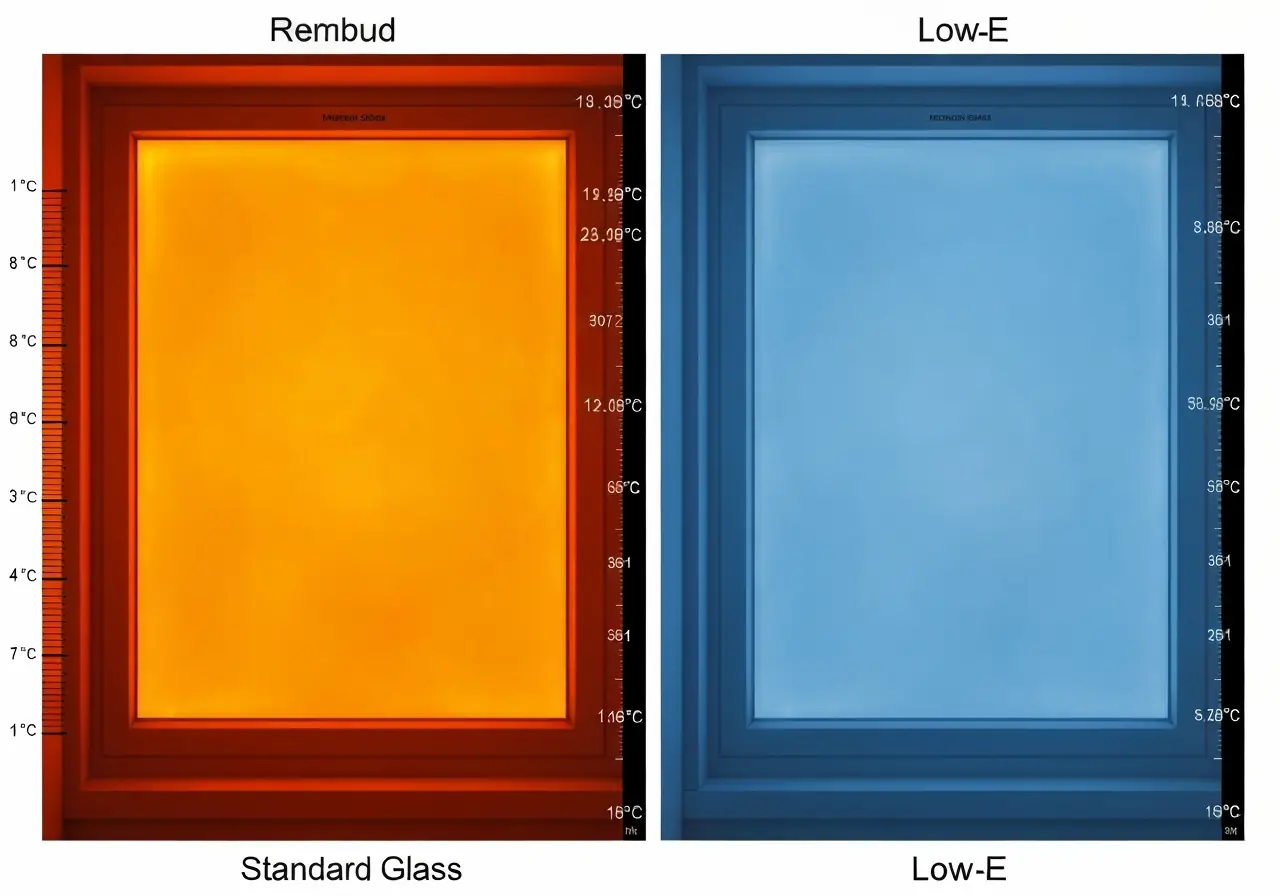
Low-e glass vs standard glass: which is better for you?
Performance data reveals dramatic differences across every meaningful metric.
- U-Factor: Standard glass has a U-Factor of about 0.48, while Low-E glass improves performance with values under 0.30.
- SHGC (Solar Heat Gain Coefficient): Standard glass averages around 0.55, compared to Low-E glass at 0.25–0.40.
- Visible Light Transmission: Standard glass allows roughly 0.70–0.75, while Low-E glass maintains 0.60–0.70.
- UV Protection: Standard glass offers minimal UV protection, whereas Low-E glass blocks up to 99%.
Standard glass fails to control heat transfer, solar gain, or UV damage - making it unsuitable for energy-conscious homeowners. Low-e glass delivers measurable improvements across all performance categories while maintaining acceptable light transmission for daily living needs.
The choice becomes clear when considering total ownership costs and comfort requirements over the window's 20-30 year lifespan.
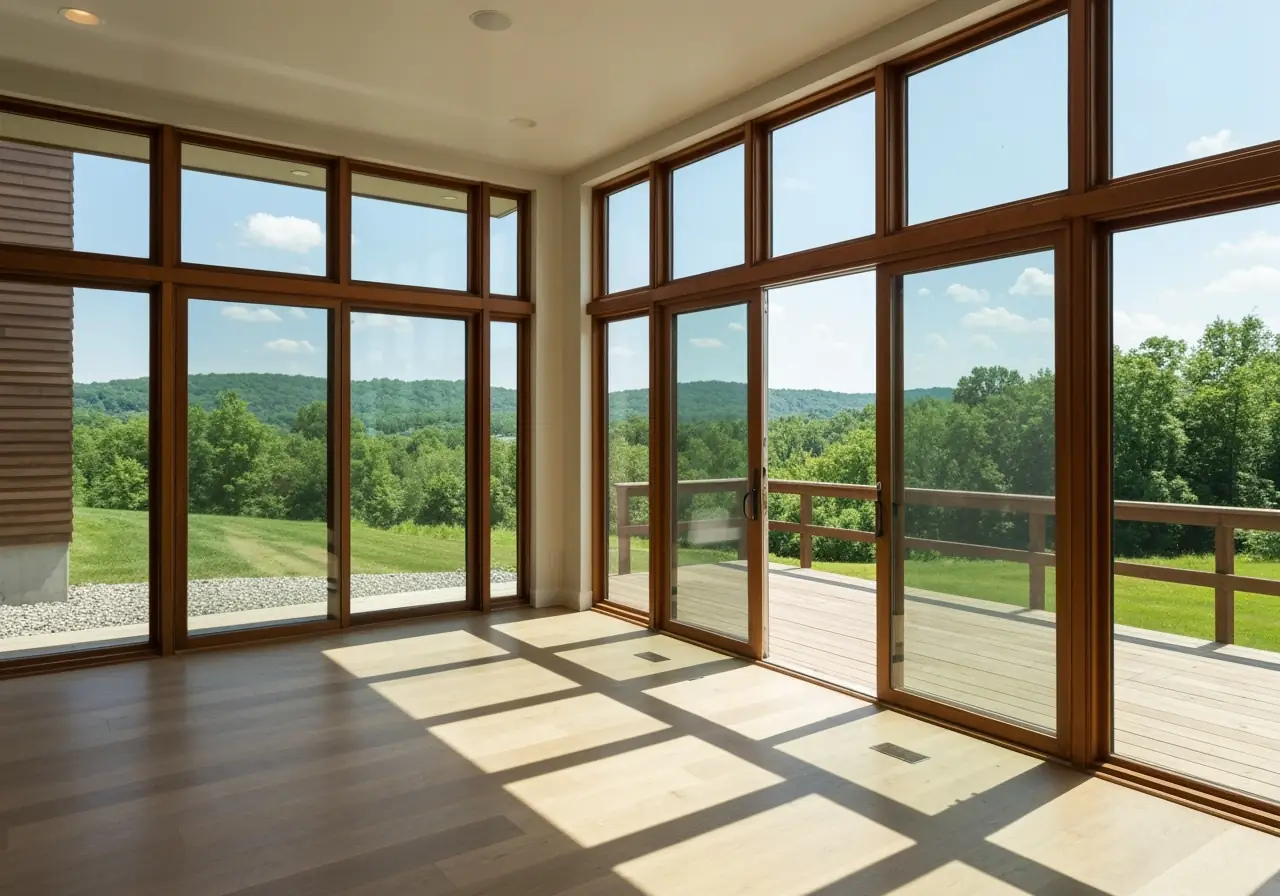
Choose smarter windows that balance cost, comfort, and performance - Low-E glass delivers superior insulation, glare reduction, and UV protection compared to standard glass. Visit My Modern Renovations today to explore the best Low-E options for your West Virginia home and schedule a free consultation.
What to Expect: Cost, Light, and Installation
Practical considerations ultimately determine whether low-e glass makes financial sense for your specific situation. The installation reality, light performance, and return timeline directly impact your window investment decision.
Does low-e glass reduce natural light?
The coating remains virtually invisible to the naked eye - tintless and nearly colorless - allowing natural sunlight to flow through your home without obstruction. Quality low-e glass actually improves visual comfort by reducing glare while maintaining brightness levels that keep interior spaces welcoming. This controlled light quality eliminates harsh reflections and hot spots without the dimming effect that many homeowners fear.
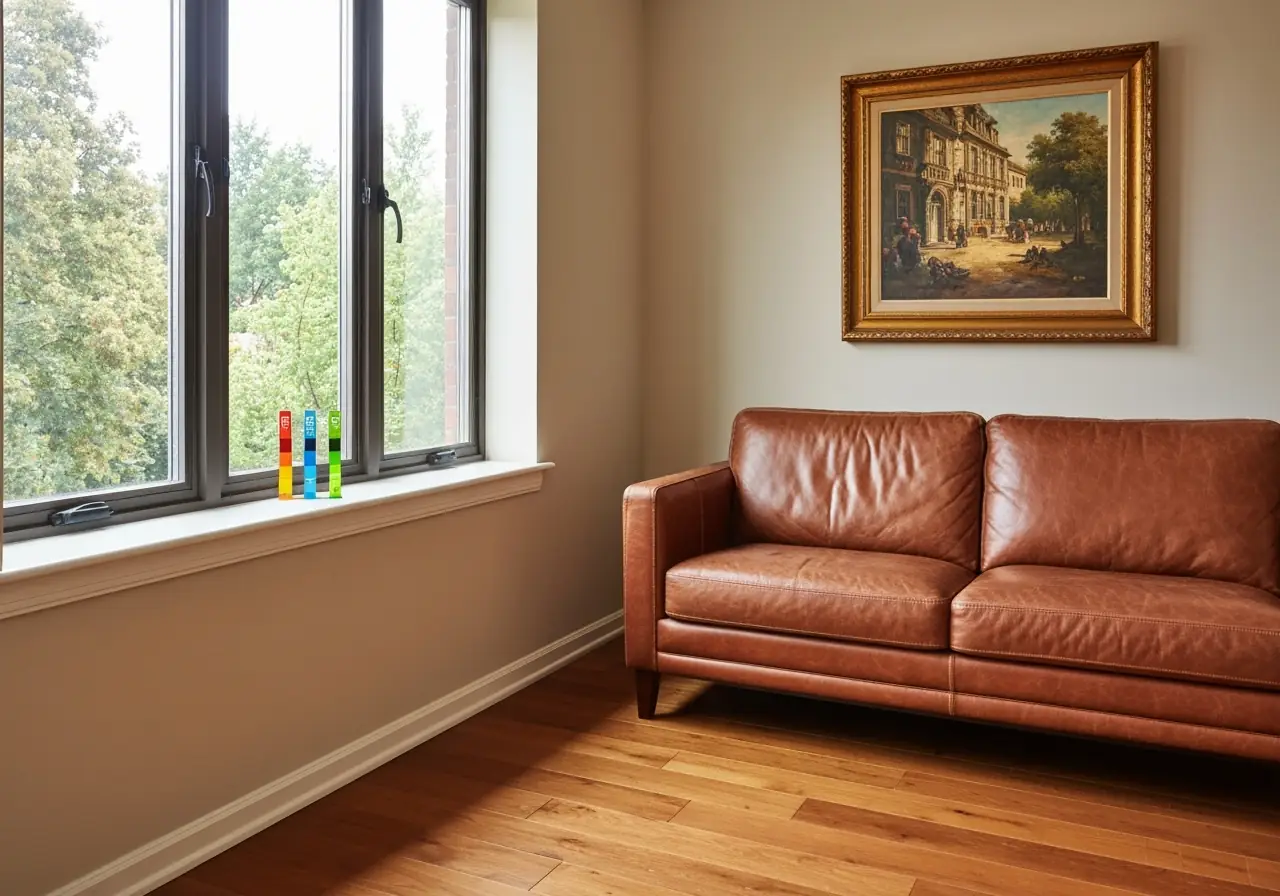
Installation cost and return on investment
The financial equation tells a clear story about low-e glass value. While these energy-efficient glass windows add 10-15% to window costs, energy savings typically recover this premium within 3-5 years. Energy-efficient windows range from $325-$2,000 per window, with professional installation adding $100-$300 per window.
The savings potential becomes compelling when calculated annually - homeowners save $125-$465 on energy bills, representing 10-30% reductions in heating and cooling expenses [46, 47]. For a home with 15 windows, this translates to $1,875-$6,975 in annual savings potential.
How to tell if your windows already have low-e
A simple flame test reveals existing coatings instantly. Hold a lit match or lighter near the window where four reflections become visible - two from each glass pane. One reflection appearing different colors from the others indicates low-e coating presence. A pen light works equally effectively for this identification method.
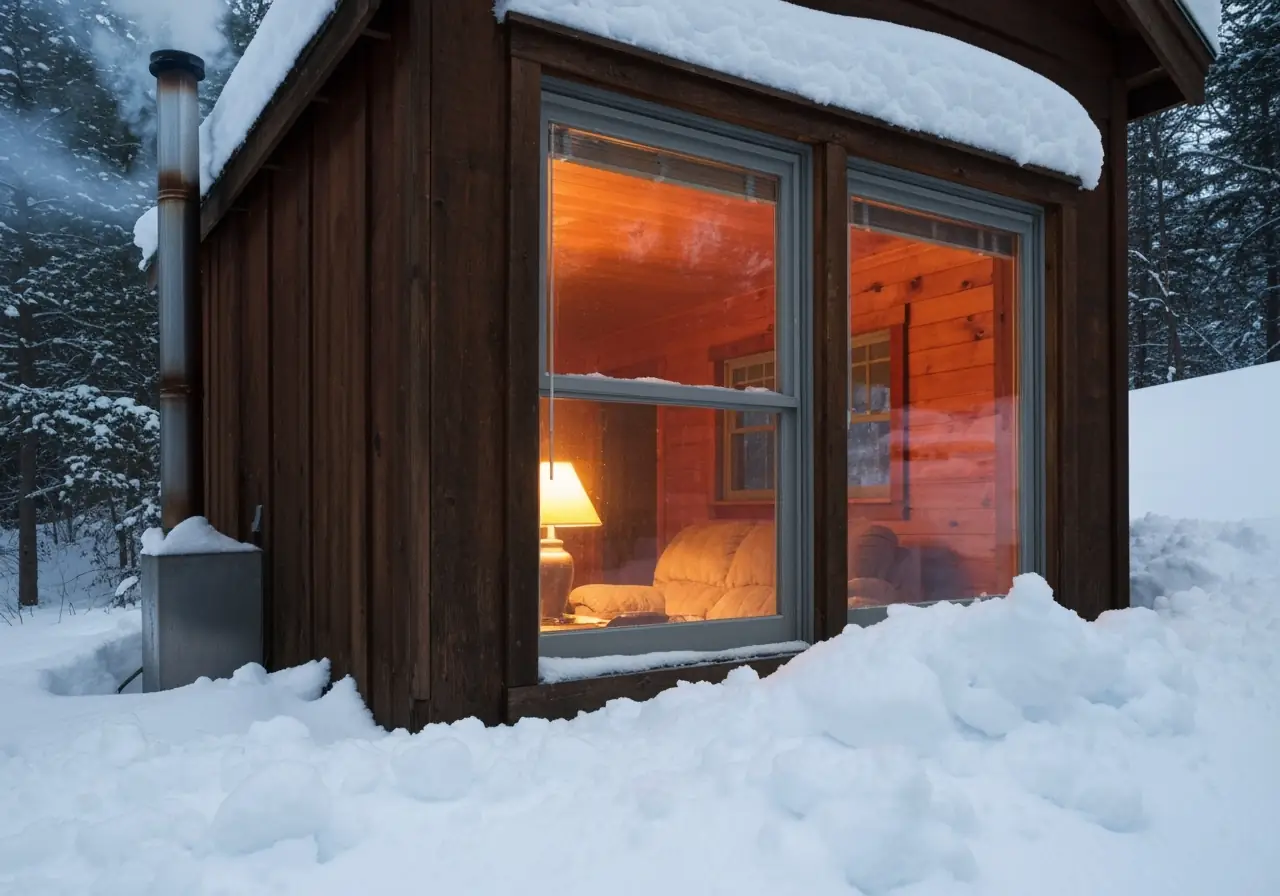
Energy efficient glass upgrades in WV
West Virginia's mountain climate creates specific advantages for low-e glass installations. Upgrading reduces carbon footprints by approximately 777 pounds annually while protecting property values - particularly crucial for older homes [50, 51]. The state's cold winters make the 50% radiant heat loss reduction especially valuable for mountain properties.
Regional utility costs and temperature extremes make the investment timeline even shorter than national averages, with many West Virginia homeowners seeing payback within 2-3 years.
Enjoy brighter rooms, lower bills, and faster payback - Low-E glass upgrades in West Virginia often return your investment in just 2–3 years while cutting glare and saving up to 30% on energy costs. Visit My Modern Renovations today to schedule your free estimate and make your home more efficient and comfortable year-round.
Conclusion
The performance data tells a definitive story about window energy efficiency - 10-50% energy loss through standard windows represents a substantial financial drain that low-e glass technology directly addresses. Rather than accepting this ongoing expense, these specialized coatings create thermal barriers that function year-round without compromising natural light transmission.
West Virginia's climate variability makes the case particularly compelling. Cold mountain winters demand heat retention, while humid summers require solar heat rejection - low-e glass delivers both functions through a single installation. The 12% annual savings on energy bills reflect this dual-season effectiveness, with many homeowners recovering their investment within the 3-5 year timeframe.
The coating selection process centers on balancing performance against cost. Triple-silver coatings command a $10/sqm premium over double-silver alternatives, yet their superior LSG ratios exceeding 2.2 justify the expense for high-solar-exposure applications. This cost-benefit calculation becomes straightforward when considering south-facing windows or properties in sun-intensive locations.
Low-e glass delivers measurable comfort improvements beyond energy savings. The technology eliminates temperature variations near window areas, blocks up to 99% of furniture-fading UV radiation, and reduces glare without darkening interior spaces. These quality-of-life enhancements compound the financial benefits.
The 10-15% cost premium over standard windows typically pays for itself through reduced energy bills, while simultaneously protecting HVAC systems from excessive operation cycles - potentially extending equipment lifespan by several years. This hidden value strengthens the economic argument for upgrading.
For West Virginia homeowners facing seasonal temperature extremes, low-e glass represents a practical long-term investment that enhances comfort while reducing energy consumption. Whether upgrading existing installations or specifying new construction, this technology delivers quantifiable benefits that continue throughout your home's ownership period.
Don’t let inefficient windows drain your comfort and budget - Low-E glass is the proven solution for year-round savings and protection in West Virginia’s tough climate. Contact My Modern Renovations today for your free estimate and discover how the right windows can pay for themselves in just a few short years.
Key Takeaways
Understanding low-e glass options can dramatically improve your home's energy efficiency and comfort while reducing utility costs year-round.
• Windows waste 25-30% of your home's energy - Low-e glass can reduce energy bills by 12% annually and save $400+ per year in wasted heating/cooling costs.
• Low-e glass works in all seasons - Reflects heat back inside during winter while blocking solar heat in summer, maintaining comfortable temperatures year-round.
• Triple-silver coatings offer best performance - Higher LSG ratios (2.2+) allow more light while blocking more heat, ideal for sun-facing windows despite $10/sqm premium.
• Investment pays for itself quickly - Though 10-15% more expensive than standard windows, low-e glass typically recovers costs within 3-5 years through energy savings.
• Maintains natural light while blocking UV - Blocks up to 99% of harmful UV rays that fade furniture without significantly reducing brightness or requiring tinted glass.
For West Virginia homeowners facing variable climates, low-e glass provides essential protection against both winter heat loss and summer solar gain, making it a smart long-term investment that enhances comfort while protecting your home's value.
FAQs
Q1. What are the benefits of Low-E glass for homeowners? Low-E glass can reduce energy bills by approximately 12% annually, block up to 99% of harmful UV rays, and maintain comfortable indoor temperatures year-round by reflecting heat inside during winter and blocking solar heat in summer.
Q2. How does Low-E glass compare to standard glass in terms of performance? Low-E glass significantly outperforms standard glass with better insulation (lower U-Factor), improved solar heat gain control (lower SHGC values), and superior UV protection while maintaining good visible light transmittance.
Q3. Is Low-E glass worth the additional cost? Yes, Low-E glass typically adds 10-15% to window costs but provides energy savings that often recover this investment within 3-5 years. The long-term benefits include reduced energy bills, improved comfort, and protection for furniture and flooring.
Q4. How can I tell if my windows already have Low-E coating? You can perform a simple flame test by holding a lit match or lighter close to the window. If one of the four reflections appears a different color than the others, your window has a Low-E coating. Alternatively, you can use a pen light for the same test.
Q5. Does Low-E glass reduce natural light in my home? No, quality Low-E glass maintains excellent natural light transmission. The coating is nearly colorless and allows sunlight to flow through your home while providing natural glare reduction, creating a comfortable and welcoming environment.

4 steps to get your house safe
Book your Consultation
Removal & Preparation
Professional Installation
Post-Care & Warranty
Licensed & Insured
Turn Key Solution
Low Interest Financing







